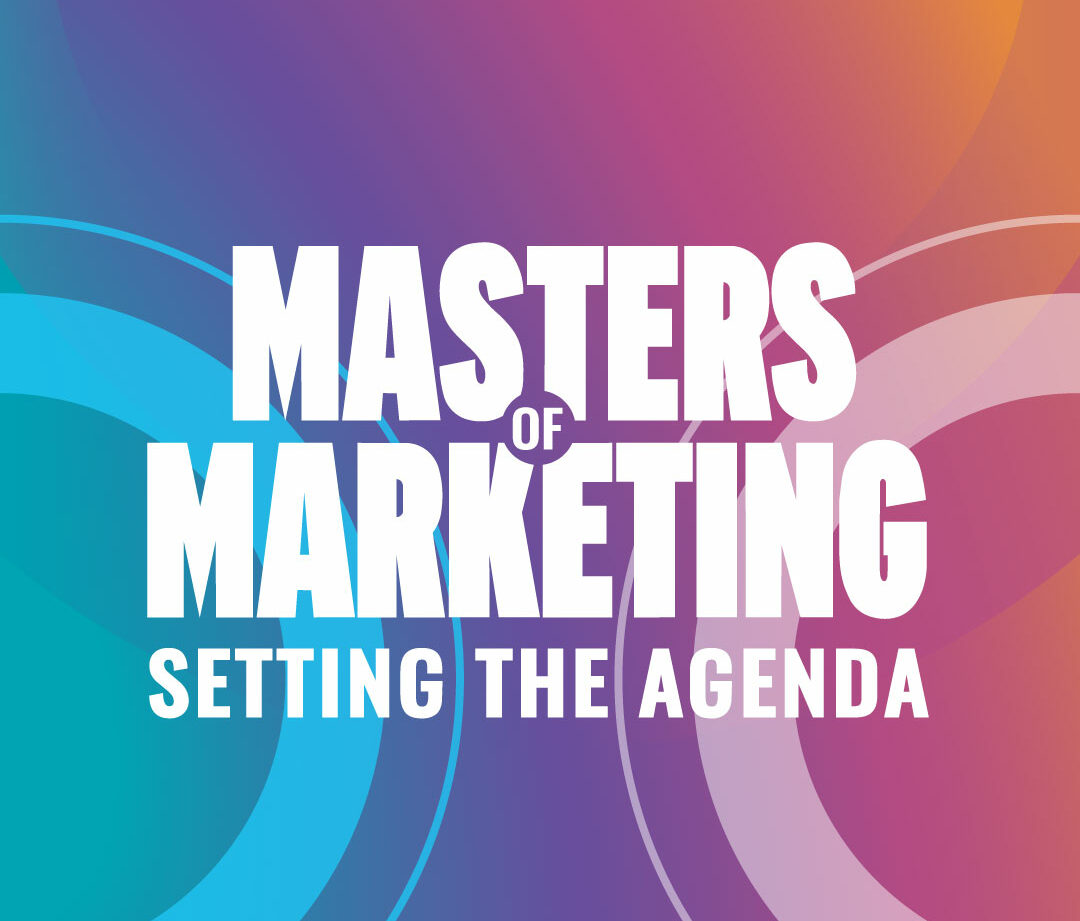1.Build Relationships First
While Millennials have long since been ignored by the financial services industry, it’s not too late to start earning their loyalty. They crave a significant personal relationship with their financial institution, but they’re wary of traditional marketing tactics; build your relationship with them on transparency and value. Everfi shared a few key tactics to win over Millennials:
- Pair customers with customer service representatives
- Be upfront about fees—Millennials despise hidden fees
- Give them more control over their data, products, and services
Similarly, many financial institutions aren’t focused on marketing to Gen Z right now—a mistake that will cost them, considering Gen Z already holds up to $143 billion in spending power. One way to initiate a relationship with Gen Z is by meeting them on their turf: high schools. Gen Z places a high value on financial education programs, and nearly 40% say they would be very or extremely likely to use an in-school branch. Capturing their attention now will lead to profitable relationships later.
2.Master Digital
Both Millennials and Gen Z like instant gratification—they want quick transactions no matter where they are and have little patience for complicated mobile apps. Make it easy for them to apply for and maintain products and services via their mobile device. And although they thrive in digital, they also want the option to talk to a person, so live chat is a must.

However, 91% of Millennials have abandoned a mobile transaction for one simple reason: they can’t remember their password. Follow the example set by large financial institutions and embrace biometrics (fingerprint, facial recognition, etc.) as a solution.
3.Provide Financial Education
Millennials and Gen Z are looking for financial mentors, whether actively or passively. The information they seek differs between the two generations:
- Millennials want content surrounding big financial decisions, like paying student loans, getting married, and buying a house.
- Gen Z needs foundational content, such as budgeting, saving, how to manage credit, and how to finance college.
It’s important to note that both generations want financial information and solutions; they do not appreciate lectures and will quickly dismiss any financial institution coming across as condescending. Empowering your audience by becoming their go-to trusted source will lead to deeper, more loyal relationships.
4.Create Experiences
Millennials expect to make memories from every experience, including a simple trip to the bank. Forbes suggests offering rewards like hard-to-get concert tickets when customers open new accounts. For Gen Z, use gamification to encourage savings (think competing for badges or points) and utilize interactive tools, such as games, chatbots, and questionnaires. Remember, financial institutions aren’t only competing among themselves for Millennials’ and Gen Z’s attention and money—they also have to consider other verticals entirely. Each interaction between bank and customer must be personal and memorable to keep customers coming back.

5.Embrace Social Media
It’s no secret that Millennials and Gen Z spend a vast amount of time each day on social media (two hours 39 minutes and three hours, respectively). How financial institutions use social to market to these two generations can have a significant impact on their relationship. Both will shut down if they suspect your brand of selling products. Instead, focus on building your brand by creating a social community where customers feel supported. Instagram Stories is the perfect tool to use as it taps into Millennials’ and Gen Z’s need for authentic experiences and short, bite-sized content.
To attract, engage, and retain Millennial and Gen Z customers, financial institutions need to start tailoring their marketing tactics now. Dive deeper into the characteristics of each generation and adjust as necessary, because both generations expect brands to personalize each interaction with them.















